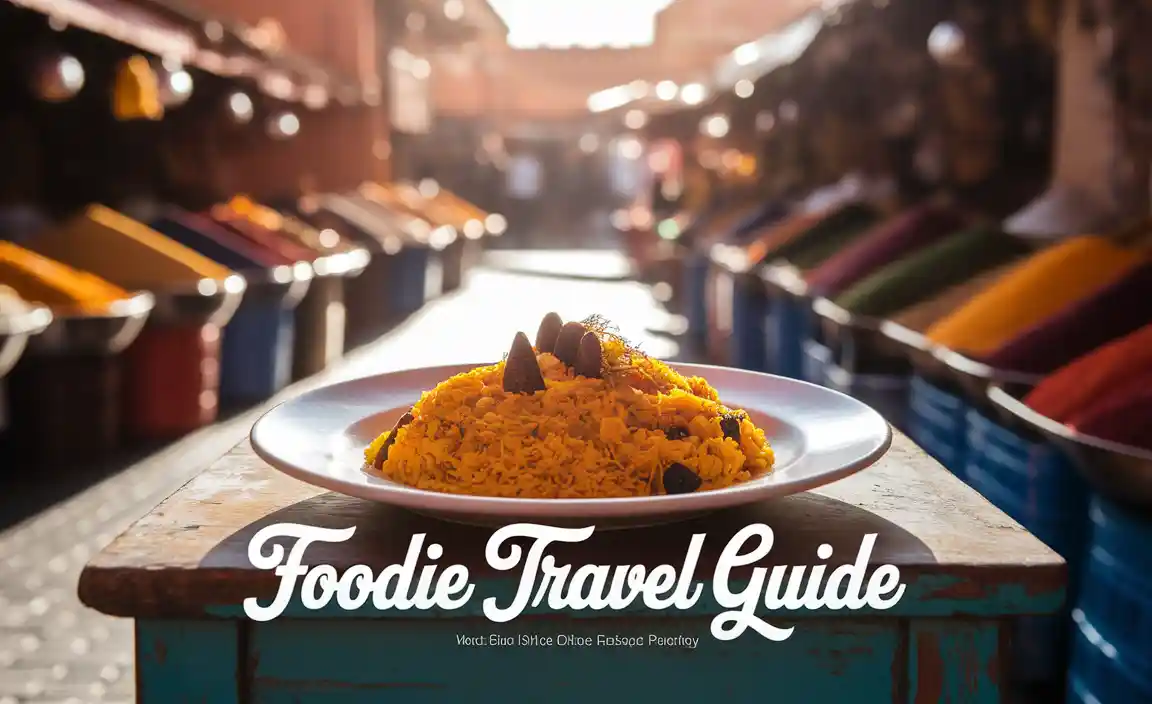Kazakh Beshbarmak Tour: Your Essential Guide. Embark on a culinary adventure centered around the iconic Kazakh dish, Beshbarmak. This guide offers a beginner-friendly approach to understanding and experiencing Beshbarmak, from its cultural significance to practical tips for your tasting journey. Discover the heart of Kazakh cuisine with ease.
Ever heard of a food tour dedicated to a single, magnificent dish? If not, get ready for a delightful dive into the world of Beshbarmak, Kazakhstan’s national treasure. For many, the idea of a “Kazakh Beshbarmak tour” might sound a bit niche, but it’s a fantastic way to truly connect with Kazakh culture through its most beloved meal. Don’t worry if you’ve never even heard of Beshbarmak before; this guide is designed to make your culinary exploration simple and incredibly rewarding. We’ll walk you through everything you need to know to make your Beshbarmak experience unforgettable, one delicious bite at a time. Let’s discover the magic of this hearty feast together!
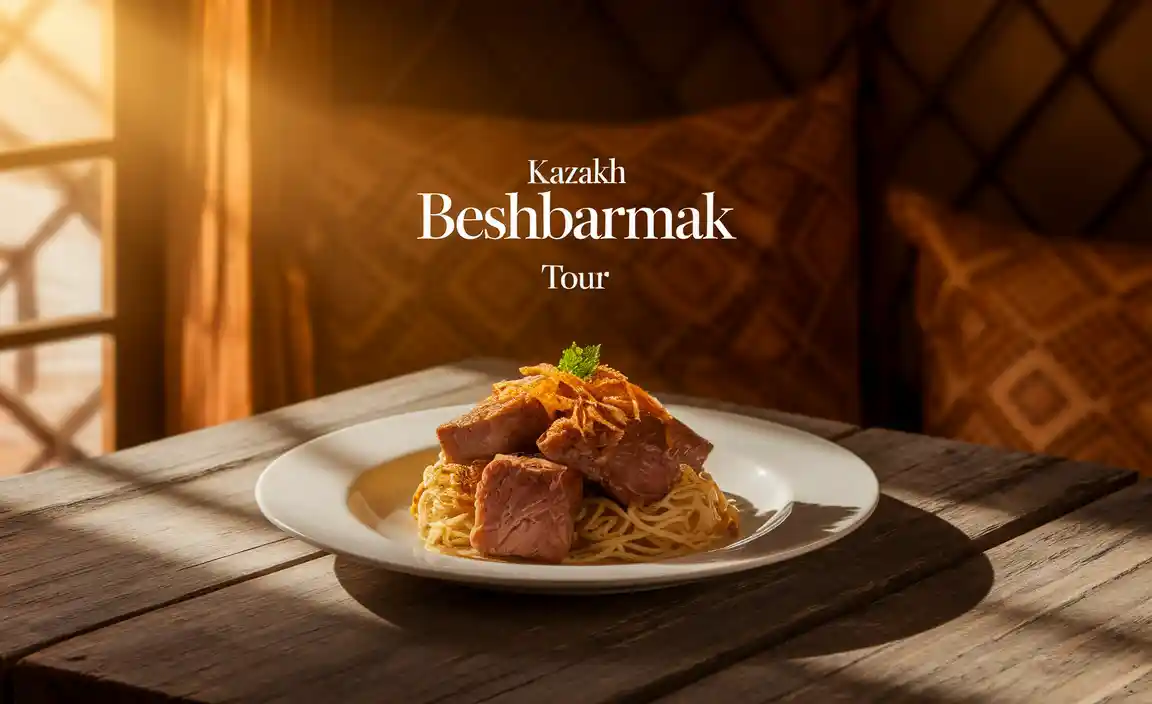
What is a Kazakh Beshbarmak Tour?
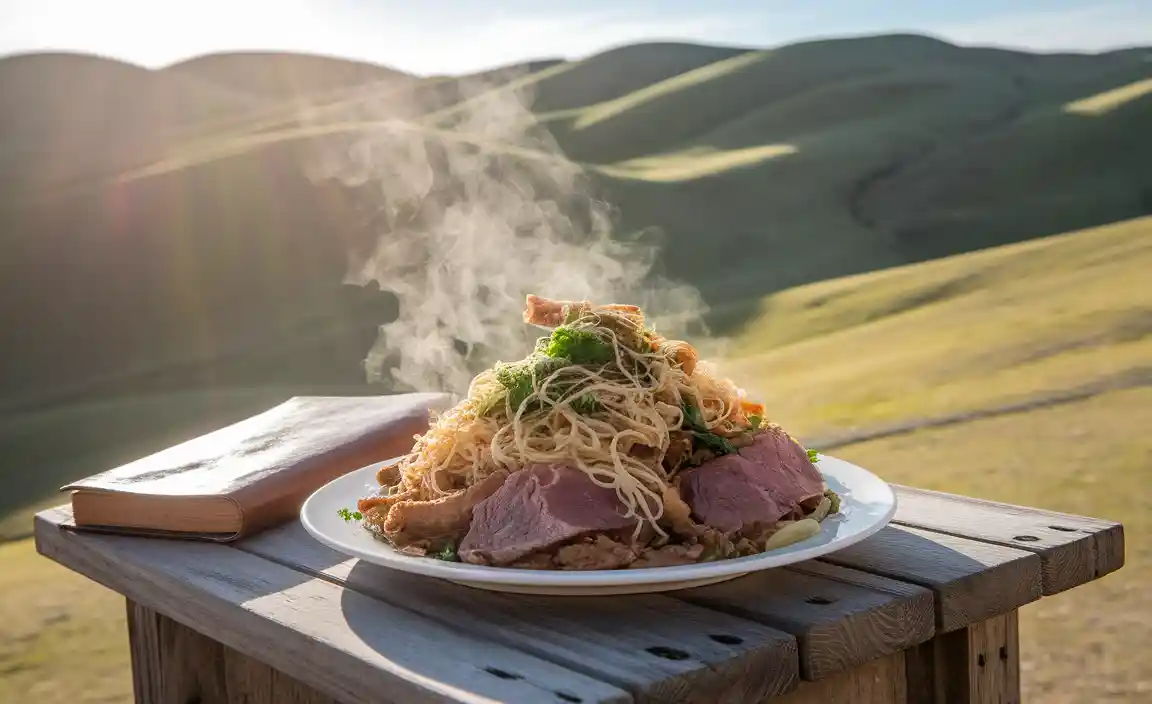
A Kazakh Beshbarmak tour is essentially a curated culinary journey focused on experiencing Beshbarmak, the traditional and most significant dish in Kazakhstan. It’s more than just eating; it’s an immersion into the history, culture, and hospitality that surrounds this iconic meal. Imagine visiting local homes, engaging with families, learning about the preparation, and savoring authentic Beshbarmak in its true setting. These tours are designed to offer a deep, respectful, and, of course, delicious insight into Kazakh life, with Beshbarmak as the star.
Why Beshbarmak is So Special
Beshbarmak, which literally translates to “five fingers” because it’s traditionally eaten by hand, is the undisputed king of Kazakh cuisine. Its importance stems from its historical role in nomadic culture. It was a dish prepared for significant occasions, celebrations, and to welcome honored guests. The act of sharing Beshbarmak is an act of community and respect. It typically features boiled meat (often horse or lamb), served over large, thin squares of pasta-like dough, all brought together with a savory onion sauce called “tuzdyk.” The careful preparation and the communal way of eating it are what make Beshbarmak so deeply ingrained in Kazakh identity.
Planning Your Beshbarmak Culinary Adventure
Embarking on a Beshbarmak tour requires a bit of planning to ensure you get the most authentic and enjoyable experience. It’s not like booking a standard city tour; it’s about seeking out genuine hospitality and culinary traditions.
Finding the Right Tour Operator
When looking for a Beshbarmak-focused tour, seek out operators that emphasize cultural immersion and local connections. Look for reviews that highlight authentic experiences and interactions with local families. Smaller, specialized tour companies or local guides often provide a more intimate and genuine experience than large, generic tour providers.
Best Time to Visit Kazakhstan for Food Tours
While Beshbarmak can be enjoyed year-round, visiting during the spring (April-May) or autumn (September-October) offers pleasant weather for travel and exploration. These seasons also often coincide with local festivals and harvest times, potentially offering even richer cultural experiences.
What to Expect on a Beshbarmak Tour
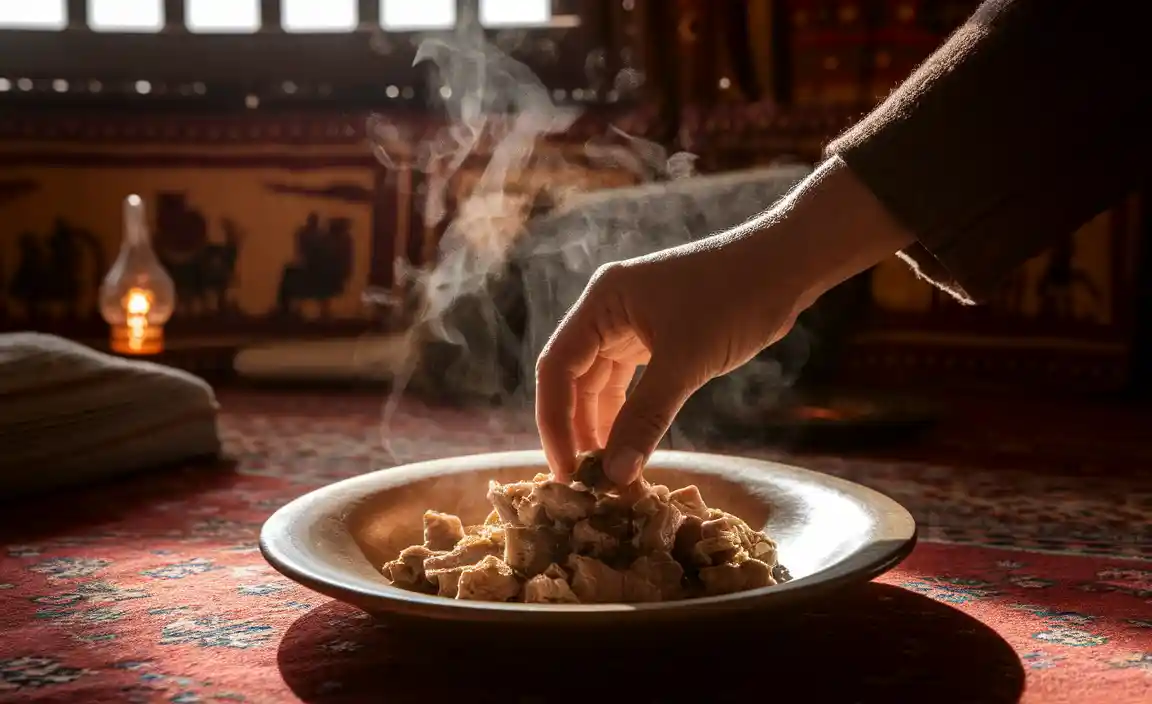
A typical tour might involve:
- Visiting a traditional Kazakh yurt (ger) or a local home.
- Participating in or observing the preparation of Beshbarmak.
- Learning about the cultural significance and etiquette of eating Beshbarmak.
- Sharing a meal with a local family, fostering genuine connection.
- Exploring local markets to understand the ingredients.
- Sometimes, other related cultural activities like traditional music or crafts.
Understanding Beshbarmak: Ingredients and Preparation
The beauty of Beshbarmak lies in its simplicity and the quality of its ingredients. Understanding these can enhance your appreciation during your tour.
Key Ingredients
- Meat: Traditionally, horse meat (kazy or shuzhyk are common cuts) and lamb are preferred. Beef is also sometimes used. The meat is slow-cooked until incredibly tender.
- Dough: Large, thin squares of unleavened dough are boiled. These are akin to wide noodles or pasta sheets.
- Tuzdyk (Sauce): A rich, savory broth typically made from the meat’s cooking liquid, infused with fried onions.
- Optional Additions: Some families might add vegetables like potatoes or carrots, though purists stick to the classic meat, dough, and sauce combination.
The Traditional Preparation Process
The preparation is an art form, often a communal affair:
- Boiling the Meat: The meat is slow-cooked for several hours in a large pot until it’s fall-apart tender. The broth is carefully skimmed and reserved.
- Making the Dough: A simple dough of flour, water, and egg is prepared, rolled out very thinly, and cut into large squares or diamonds.
- Preparing the Tuzdyk: While the meat cooks, onions are sliced and sautéed, then added to a portion of the reserved meat broth. Some recipes call for a bit of meat fat added here for extra flavor.
- Assembling the Dish: The cooked dough squares are placed on a large platter. Generous portions of the tender, sliced meat are arranged on top of the dough. The hot tuzdyk is then poured over everything.
- Serving: Beshbarmak is traditionally served on one large communal platter, from which diners eat using their hands.
Beshbarmak Etiquette: How to Eat Like a Local
Participating in a traditional meal comes with its own set of customs. Knowing these will help you feel more comfortable and show respect.
Traditional Serving and Eating Practices
- Communal Platter: Beshbarmak is almost always served on a large, shared platter. This symbolizes unity and hospitality.
- Eating by Hand: As the name suggests, Beshbarmak is traditionally eaten with your right hand. Diners use pieces of the dough to scoop up the meat and sauce, or they might just use their fingers.
- Host’s Portions: The host or an elder often serves the choicest pieces of meat to guests, identifying different cuts and offering them. It’s polite to accept what is offered.
- Respecting the Meat: Every part of the animal shared is respected. Aim to eat your portion neatly and avoid wasting food.
- Sequence of Serving: Typically, the host will begin eating, and guests should follow their lead.
- Tea: Hearty black tea, often served with milk, usually follows the meal.
Tips for Non-Traditional Settings
If you’re trying Beshbarmak in a restaurant, standard cutlery will likely be provided. While the communal platter might still be used, the pressure to eat with your hands is usually off. However, observing and respectfully trying to mimic some of the traditional practices can be a delightful way to enhance your experience.
Beyond Beshbarmak: Other Kazakh Culinary Delights
While Beshbarmak is the centerpiece, a culinary tour of Kazakhstan can and should include exploring other incredible dishes that showcase the richness of the cuisine.
Other Must-Try Kazakh Dishes
- Plov (Palov): A flavorful rice pilaf, often made with lamb or beef, carrots, and spices.
- Kuyrdak (Kuurdak): A hearty, pan-fried dish made from lamb or beef offal (liver, heart, kidneys) with onions and potatoes. It’s a true taste of nomadic sustenance.
- Baursaki: Small, deep-fried pieces of dough, often served with tea or as a side with savory dishes. They can be sweet or savory.
- Shorpa: A nourishing meat broth or soup, often with large chunks of meat and vegetables.
- Manty: Large steamed dumplings filled with spiced meat and onions, similar to dumplings found in other Central Asian cuisines.
Where to Experience Authentic Beshbarmak
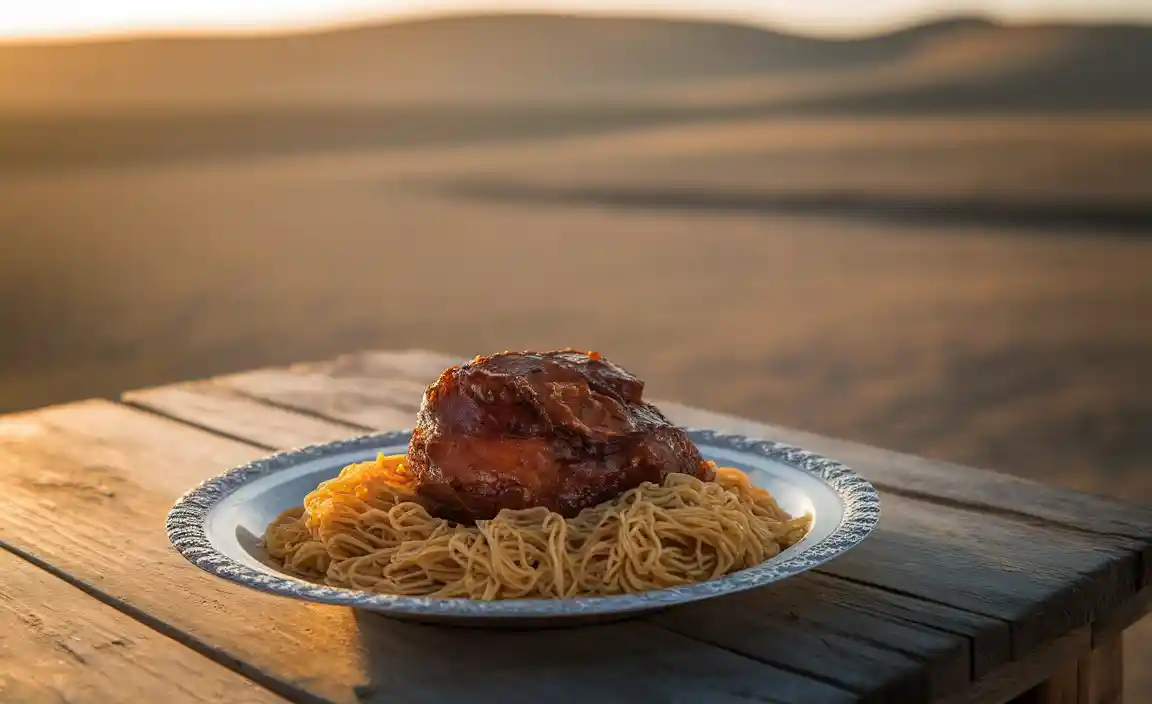
The most authentic Beshbarmak experiences are often found in less conventional settings. Here’s where you’re likely to find the real deal.
Local Homes and Homestays
This is the ultimate way to experience Beshbarmak. Many tours connect visitors with local families who generously open their homes and kitchens. This offers unparalleled insight into daily life and genuine hospitality. Homestays can be arranged through specialized tour operators or through platforms that connect travelers with local hosts.
Traditional Kazakh Yurts
Visiting a traditional yurt, especially in rural areas or at cultural centers, offers a unique setting for experiencing Beshbarmak. It provides a glimpse into the nomadic heritage that is so closely tied to the dish. Many eco-tourism lodges and cultural camps feature yurt stays and traditional meals.
Local Restaurants and Cafes
In larger cities like Almaty and Nur-Sultan (Astana), you’ll find restaurants specializing in national cuisine where Beshbarmak is a staple. While potentially less intimate than a home visit, these establishments often serve high-quality, traditional versions of the dish. Look for places that are popular with locals.
Practical Tips for Travelers
To make your culinary journey smooth and enjoyable, keep these practical tips in mind.
Language
Kazakh and Russian are the primary languages. While English is spoken in tourist areas and by some guides, learning a few basic phrases in either Russian or Kazakh can go a long way in fostering connections. Many tour operators will provide translators.
Dietary Considerations
If you have dietary restrictions (vegetarian, vegan, allergies), it’s crucial to communicate these well in advance, especially if you are arranging home visits or private tours. Beshbarmak is predominantly meat-based, so vegetarian options require significant pre-arrangement and may not be traditional. You can find resources on healthy eating habits for travelers from organizations like the Centers for Disease Control and Prevention (CDC).
What to Pack
Comfortable walking shoes are essential for exploring markets and towns. Pack layers of clothing as the weather can change. Bringing a small, portable gift for a host family (e.g., sweets, a small craft item from your home country) is a thoughtful gesture.
A Sample Beshbarmak Itinerary (3 Days)
Here’s a possible framework for a short, Beshbarmak-focused trip. This can be adapted based on your location and interests.
Day 1: Arrival and First Taste
- Arrive in Almaty or Nur-Sultan.
- Check into your accommodation.
- Afternoon: Visit a reputable local restaurant known for its authentic Kazakh cuisine. Order Beshbarmak and observe the presentation and preparation (if the kitchen is visible).
- Evening: Relax and prepare for more immersive experiences.
Day 2: Home-Style Cooking and Culture
- Morning: Meet your local guide/host family.
- Participate in the preparation of Beshbarmak, learning about each step.
- Enjoy a traditional homemade Beshbarmak lunch, engaging with your hosts.
- Afternoon: Explore a local market to see fresh ingredients.
- Evening: Enjoy tea and conversation with your hosts, learning more about Kazakh culture.
Day 3: Beyond Beshbarmak and Departure
- Morning: Explore another traditional Kazakh dish, perhaps Plov or Manty, at a different eatery or with another family.
- Visit a cultural landmark or museum to understand Kazakhstan’s history.
- Depart from Kazakhstan.
Pros and Cons of a Beshbarmak Tour
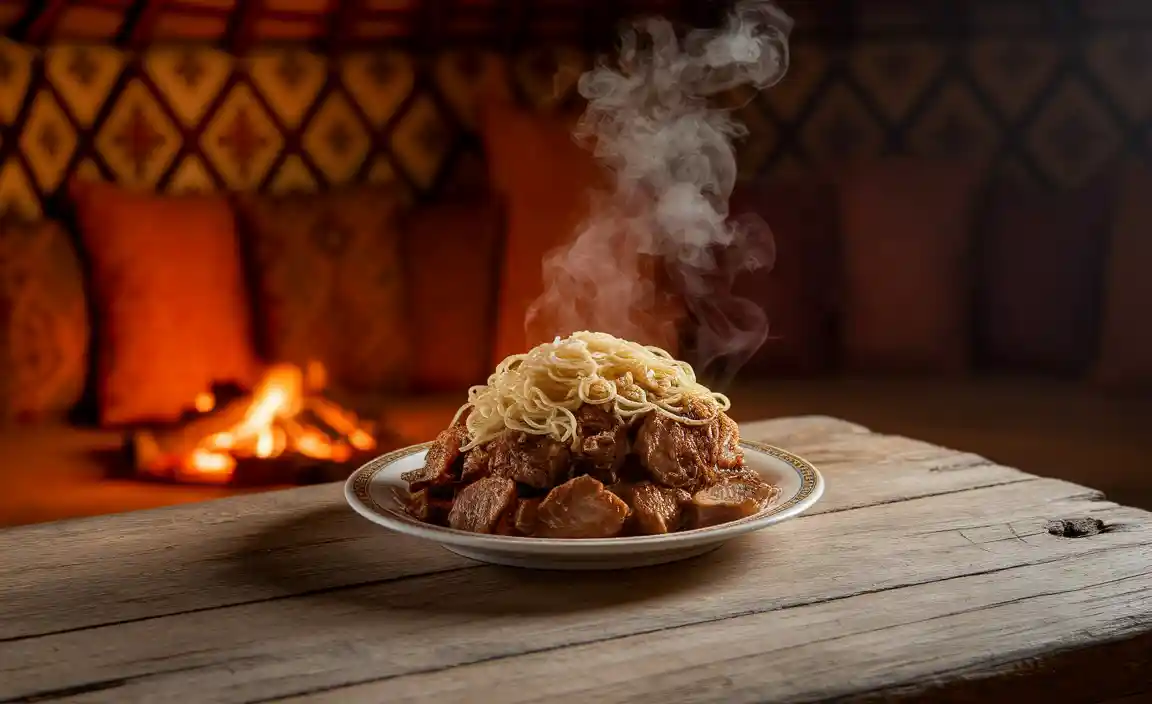
Like any specialized travel experience, a Beshbarmak tour has its advantages and potential drawbacks.
Pros
- Deep Cultural Immersion: Unparalleled insight into Kazakh traditions and hospitality.
- Authentic Culinary Experience: Taste Beshbarmak prepared with generations of knowledge.
- Unique Travel Story: Creates memorable experiences and stories to share.
- Support for Local Communities: Directly benefits local families and guides.
- Personalized Learning: Opportunity to ask questions and learn directly from locals.
Cons
- Niche Focus: May not appeal to travelers seeking a wide variety of activities.
- Dietary Challenges: Can be difficult for vegetarians or those with strict dietary needs.
- Potential for Discomfort: Eating with hands or in a home setting might be outside some travelers’ comfort zones.
- Logistical Challenges: Requires careful planning to find reputable guides and authentic experiences.
- Cost: Specialized tours focusing on home visits can sometimes be more expensive than standard sightseeing.
FAQ: Your Beshbarmak Tour Questions Answered
Q1: Is Beshbarmak difficult to eat for the first time?
Beshbarmak is hearty and rich. The primary challenge might be the concept of eating with your hands if you’re not used to it, but most importantly, it’s about savoring the tender meat and delicious broth. Locals are usually very understanding and accommodating, providing cutlery if needed or guiding you through the traditional way.
Q2: What is the typical price range for a Beshbarmak tour?
Prices vary greatly depending on the duration, the inclusiveness of the tour (e.g., if it includes accommodation, other meals, activities), and the operator. A half-day immersive cooking and dining experience with a local family can range from $50 to $150 USD per person, while multi-day specialized tours would be considerably more.
Q3: Can I learn to cook Beshbarmak myself after the tour?
Absolutely! Many tours offer a hands-on cooking component where you’ll learn the steps. The guides and hosts are usually happy to share their tips and family secrets, empowering you to recreate this dish back home. It’s a wonderful souvenir to bring back!
Q4: Is horse meat always used in Beshbarmak?
Traditionally, horse meat is highly prized and considered the most authentic for Beshbarmak. However, lamb and beef are also commonly used, especially in restaurants or for households where horse meat is less common. When booking a tour, you can inquire about the type of meat that will be prepared.
Q5: How can I ensure I’m having a truly authentic Beshbarmak experience?
Seek feedback from previous travelers. Look for tours that emphasize home visits and interactions with local families rather than just restaurant meals. Reputable tour operators will be transparent about their approach. Trust your gut; if an offer seems too good to be true or focuses heavily on tourist traps, it might not be the most authentic experience.
Q6: What if Beshbarmak is not to my taste?
While Beshbarmak is a national dish, taste is subjective. If you find it’s not to your liking, acknowledge the cultural significance and express your gratitude for the hospitality. Most tours will involve other meals or activities where you can sample different Kazakh flavors, and most restaurants offer a variety of dishes.
Conclusion
A Kazakh Beshbarmak tour offers a remarkable gateway into the heart of Kazakhstan’s rich culinary heritage and its warm, welcoming spirit. It’s an opportunity to go beyond typical tourism and connect with a culture through its most cherished dish. From understanding the meticulous preparation to embracing the communal act of sharing “five fingers,” every element of this experience is steeped in tradition and generosity. Whether you’re a seasoned foodie or a curious traveler, embarking on this specialized culinary adventure promises not just a meal, but a profound cultural exchange and a collection of truly unforgettable memories. So, pack your curiosity and your appetite – an extraordinary journey awaits!

